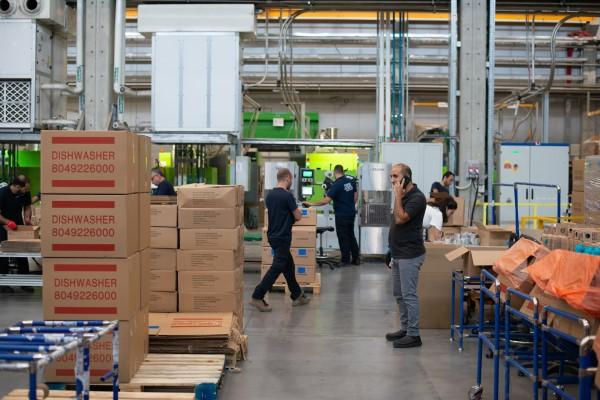1. Talk with your suppliers

Check in with your suppliers – they might already have reports with the data you need. If its in the right format with all the granular detail, you don’t need to crunch numbers yourself! This:
- Reduces time sorting through invoices
- Provides high quality data, which means you get the most complete and accurate information possible. It also provides a better picture of any decreases in emissions from reduction projects. Relying on default or assumed data can cloud any reductions as it tends to overestimate the actual emissions. For example, fleet vehicle emissions could be assumed based on $ spent or km travelled, but a more accurate metric is the litres of fuel consumed.
2. Put your financial expenditure reports and asset registers to work

You can use these reports and registers to sense-check your emissions data. For example, if your financial reports show you spend a lot on freight, chances are you should measure it. Likewise, if your asset register says you own a walk-in chiller unit, you should check for refrigerant emissions.
Expenditure reports can also help validate that your source data is complete. For example, if you have a cost code for ‘vehicle fuel’ then you can compare $ expenditure against your fuel card report. Any major deviation could suggest a significant amount of fuel is purchased by means other than a fuel card.
3. Make it a group effort

Delegate and share the responsibility across your team. This not only shares the load, but more importantly, ensures that a carbon focus is fully integrated in everything you do. If you take the time to involve a variety of people you will create systems that will work on their own and save you a lot of time. For example, if your company has a manufacturing facility, you could involve on-site members like your maintenance manager or operational manager, alongside head office colleagues like a finance representative and receptionist.
It's also crucial to have boards and senior directors on board, as they can drive policy changes and engage staff across all levels and teams.
4. Track on your progress continually

Don’t wait until the end of the year (audit time!) to check your numbers and progress. Apply the “Plan, Do, Check, Act” mantra to regularly review your progress to date and whether this aligns with your goals. A regular review means you will always be on top of any challenges, and is an early warning system if you’re falling behind on your targets and need to change your approach.
5. Have strong data management policies
Create a master spreadsheet file where all your data is located, and include a summary page that totals the monthly, quarterly and yearly data for each emission source. This approach makes the audit go faster. Your auditor can review the summary, check the corresponding sheet for any rogue data, which can then indicate specific invoices or sources if they need to double check any inputs. There is an extra benefit as it adds another layer of traceability between Toitū’s emanage software (for Toitū collective members), and your invoices.
6. Optimise the communication of results in your report to make things easier in the future

Once you have finalised your calculations and got to a final number it’s important to lay out your result in an easy to follow format. The level of detail in your report is up to you, but we recommend you make your emissions reporting as transparent and accessible as possible, especially for your stakeholders. Communicating your progress will open opportunities for more collaboration within your supply chain. A good example is showing your clients the impact of business travel on your emissions, and letting them know it impacts on your reduction goals.
Need support?
Our technical experts help Toitū members with their reporting, measurement and management needs.
NB: this article was updated from it’s previous publishing 31st July 2020, with new branded imagery and links to more recent resources.